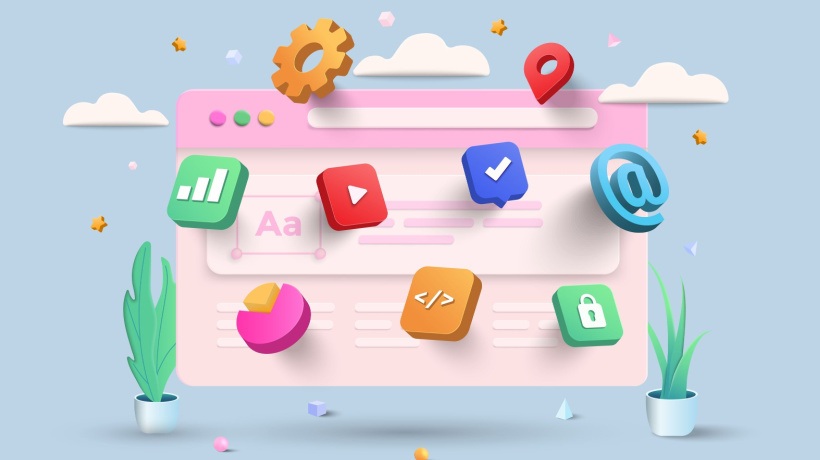What Is Interactive Learning Within An LMS?
Online learning is the need of the hour today as most organizations have gone completely remote, and training their employees, members, and vendors is tough without a Learning Management System (LMS). When it comes to online learning using a Learning Management System, how can we forget about the most popular feature, interactive learning? This is an incredible feature that popular learning management software applications include in their content delivery methods.
Learners have a very short span to memorize the entire course. How can you keep them involved throughout the learning journey? Here, we will be discussing what you should do to leverage the value of interactive learning in your LMS.
Being visually stimulating, interactive learning methods keep learners engaged and interested in any course throughout the learning process. Activities like feedback and discussions, and AI technology in the learning process dramatically improve learning performance and productivity at work for learners. Learners are emotionally involved when there is a video showing the course content and asking for their input to move forward in the course, in the form of questions, quizzes, feedback, etc.
Interactive Learning Within A Learning Management System
Interactive learning is nothing more than incorporating interactive resources that aim to deliver special learning outcomes. The learning material may contain text, audio, images, and video that include animations, screencasts, and self-tests. They can work both online and offline. These learning elements can be offered as a default component of a core activity (compulsory to move ahead) or as an optional one (learners can skip it).
How Interactive Learning Benefits Learning On An LMS
Your LMS can help learners in a variety of ways. Here is a list of a couple of ways to make the learning experience interesting, engaging, and enriching. Interactive learning:
- Offers robust, flexible, and cost-effective training.
- Ensures revision and consolidation within a course.
- Enables learners to learn at their convenience and on any desired device in a truly mobile learning environment.
- Prepares learners for their real-time projects and the next course.
- Facilitates remote learning.
- Reduces contact hours by delivering factual information and frees time for crucial topics.
- Ensures learners have basic knowledge of the specific topic.
- Effectively addresses timetable clashes and includes course material that is not covered in the course timetable.
- Enables learners to practice the skills they have developed during the training through self-test questions and feedback, as well as diagnosis skills (for medical professionals by watching patients’ videos explaining their symptoms).
What Should You Keep In Mind During Interactive Course Development?
With an online learning platform, one must take care of the following points to deliver the best solutions in the industry to the learners. Interactive learning requires meticulous planning depending on the learning outcome. The course should be designed in such a way that learners don’t get bored or lose interest in the course. Here is what should be done beforehand.
- Follow interactive learning course creation best practices.
- Finalize the most appropriate content authoring tool that meets AICC/xAPI/SCORM standards.
- Plan an effective learning content design.
- Decide on the course delivery method.
Plan The Course
Before you embark on your interactive content creation journey, don’t forget these course planning practices. They will determine the effectiveness of your course and offer you the best outcomes.
- Decide the learning objective of your course.
- Determine the target audience.
- Define the activities you want to include.
- Outline the structure of the resource.
- Use concise instructions, and appropriate language and terminology while designing the activity.
- Explain the timing and proper way to use the resource.
Conclusion
Before you delve into creating interactive learning courses on your own, scout the market for readily available options, because sometimes putting so much time and effort into creating an interactive course may distract you from the actual learning goal. You can devote that time to more crucial practices within the LMS to innovate and improve the learning delivery. There are a number of Learning Management Systems that offer content authoring tools with interactive course building capability. If you want to find such an LMS, go and explore the best one to fit your business needs!









